Study of the anticancer activity of a nuclear directed HP-RNase variant and different metal-based compounds
llistat de metadades
Director
Benito i Mundet, Antoni
Castro Gallegos, Jessica
Date of defense
2022-06-16
Pages
146 p.
Department/Institute
Universitat de Girona. Departament de Biologia
Doctorate programs
Programa de Doctorat en Biologia Molecular, Biomedicina i Salut
Abstract
Cancer is the leading cause of death due to non-communicable diseases worldwide. Despite the advances in the development of new antitumor drugs, there are still problems such as the resistance that tumor cells acquire against them, as well as the serious side effects observed after their application. In this thesis, three new families of compounds have been studied as possible antitumor drugs. The first one, a ribonuclease called NLSPE5 that has been modified by protein engineering, and the other two are metallic compounds based on manganese (Mn) and iron (Fe). The results obtained indicate that NLSPE5, in addition to altering the epigenetic pattern of the tumor cell lines, decrease their capacity to migrate and invade nearby tissues. On the other hand, the results of the investigation of the new Mn-based compounds show that, of all of them, Mn8 has a strong antitumor effect on lung and ovarian tumor cell lines. This effect is similar to that observed with commercial antitumor drugs such as Cis-platinum. The results also indicate that Mn8 breaks the DNA of the cancer cells in presence of reactive oxygen species. It was also observed that this compound causes cell death by apoptosis. Finally, the results of the study of Fe-based compounds show that all of them are highly cytotoxic against lung and ovarian tumor lines, and as well as Mn8, these compounds break DNA in presence of reactive oxygen species. Among the different Fe-based compounds, compound 10 showed the highest selectivity for tumor lines. Moreover, this compound induces apoptosis and reduces the migration capacity of a cancer cells. In conclusion, all the investigated compounds are very promising as antitumor drugs
El càncer és la principal causa de mort per malalties no transmissibles a nivell mundial. Malgrat els avenços en el desenvolupament de nous fàrmacs contra el càncer, continuen presentant-se problemes com la seva resistència a aquests, així com els greus efectes secundaris observats després de la seva aplicació. A causa d'això, en aquesta tesi s'han estudiat tres noves famílies de compostos com a possibles fàrmacs antitumorals. En el primer cas, una ribonucleasa anomenada NLSPE5 que ha estat modificada mitjançant enginyeria de proteïnes i, d’altra banda, compostos metàl·lics basats en manganès (Mn) i ferro (Fe). Els resultats obtinguts indiquen que NLSPE5 a més d'alterar el patró epigenètic de les línies tumorals, interfereix en la capacitat que tenen aquestes per a migrar i envair teixits pròxims. D'altra banda, els resultats de la recerca dels nous compostos basats en Mn mostren que, de tots ells, el Mn8 té un gran efecte antitumoral sobre línies tumorals de pulmó i d'ovari, i que aquest efecte és similar al que s'observa amb antitumorals comercials com el Cis-platí. Els resultats indiquen a més que el Mn8 trenca el DNA de les cèl·lules tumorals en presència d’espècies reactives d’oxigen. Es va observar també que aquest compost provoca mort cel·lular per apoptosi. Finalment, els resultats de l'estudi dels compostos basats en Fe mostren que tots ells són molt citotòxics enfront de les línies tumorals de pulmó i ovari, i, igual que el Mn8, trenquen el DNA en presència d’espècies reactives d’oxigen. De tot el grup de compostos basats en Fe, el compost 10 va mostrar la major selectivitat per les cèl·lules tumorals. A més es va veure que aquest compost provoca apoptosi i redueix la capacitat de migració de cèl·lules de càncer. En conclusió i sobre la base dels resultats obtinguts podem esmentar que tots els compostos investigats són molt prometedors com a agents antitumorals
Keywords
Ribonucleasa; Ribonuclease; Compostos basats en metalls; Compuestos basados en metales; Metal-based compounds; Activitat antitumoral; Actividad antitumoral; Anticancer activity; Selectivitat de medicaments; Selectividad de medicamentos; Drug selectivity; Migració; Migración; Migration; Invasió; Invasión; Invasion; Mecanismes citotòxics; Mecanismos citotóxicos; Cytotoxic mechanisms
Subjects
576 - Cellular and subcellular biology. Cytology; 577 - Biochemistry. Molecular biology. Biophysics; 615 - Pharmacology. Therapeutics. Toxicology. Radiology; 616 - Pathology. Clinical medicine
Recommended citation
Rights
This item appears in the following Collection(s)
Departament de Biologia [131]



